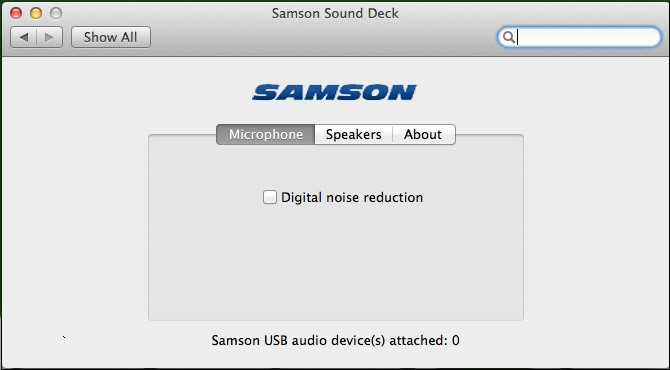

But they’re never going to be as feature-rich or comprehensive as a dedicated live video tool. Many of them are pretty feature-rich - allowing you to highlight your audience's comments on the screen, bring in guests remotely and even saving your video for later.
#TRICK SAMSON SOUND DECK DOWNLOAD#
This means you don’t need to download any software, and they tend to be easy to use as a result. Web apps run through your browser - whether that’s Chrome, Firefox, Edge, Safari, or Brave. But there are 3rd party live video services that are web apps too. I mentioned that you can stream to Facebook and YouTube through their web apps. #4 Third-Party Web Apps (through browser)

Also, bear in mind that not all live video platforms allow you to connect via RTMP (such as LinkedIn Live). The tool can’t create the live video post - so you’ll need to create that manually on the platform. They don’t know who you are and the tool isn’t able to get information such as comments from the platform. When you use RTMP, you’re just sending your stream to the platform. This allows your tool to connect with the platform’s server and send the information. With RTMP, you’ll need a special link (or Stream URL) and a key (the stream key). You may have also seen RTMPS - that’s just a secure version of it - where your video stream is encrypted. It was initially developed by Macromedia, but Adobe has now released a public version of this which anyone can use. This stands for Real-Time Messaging Protocol. Websites use a protocol called “http” or “https”.

Streaming video requires a special type of connection or “protocol”. It’s quite an intensive process and you’ll need a reasonably powerful computer or phone to do this. On a basic level, they take your video (for example your camera or a pre-recorded video) and stream it to your destination. These tools are called a variety of fancy names such as “live streaming video encoders” and “live video tools”. And there are some big advantages and extra features you’ll get if you use another tool. This means you don’t have to use a 3rd party tool - and it’s very easy.īut some platforms (such as LinkedIn Live) require you to use a 3rd party tool. Many of the main live video platforms such as Facebook and YouTube have this facility built in to their web or mobile apps. This will take your video and audio and broadcast it to the platform which in turn will broadcast it out to your audience. To broadcast live to a platform like Facebook, LinkedIn or YouTube, you’ll need an app. This means you could switch between different hosts and guests, pre-recorded videos and more. Most live video tools allow you to switch between different layouts or scenes. You could just live stream one camera all the way through your live stream. Live streaming tools have two main features - switching and streaming.


 0 kommentar(er)
0 kommentar(er)
